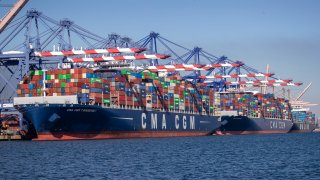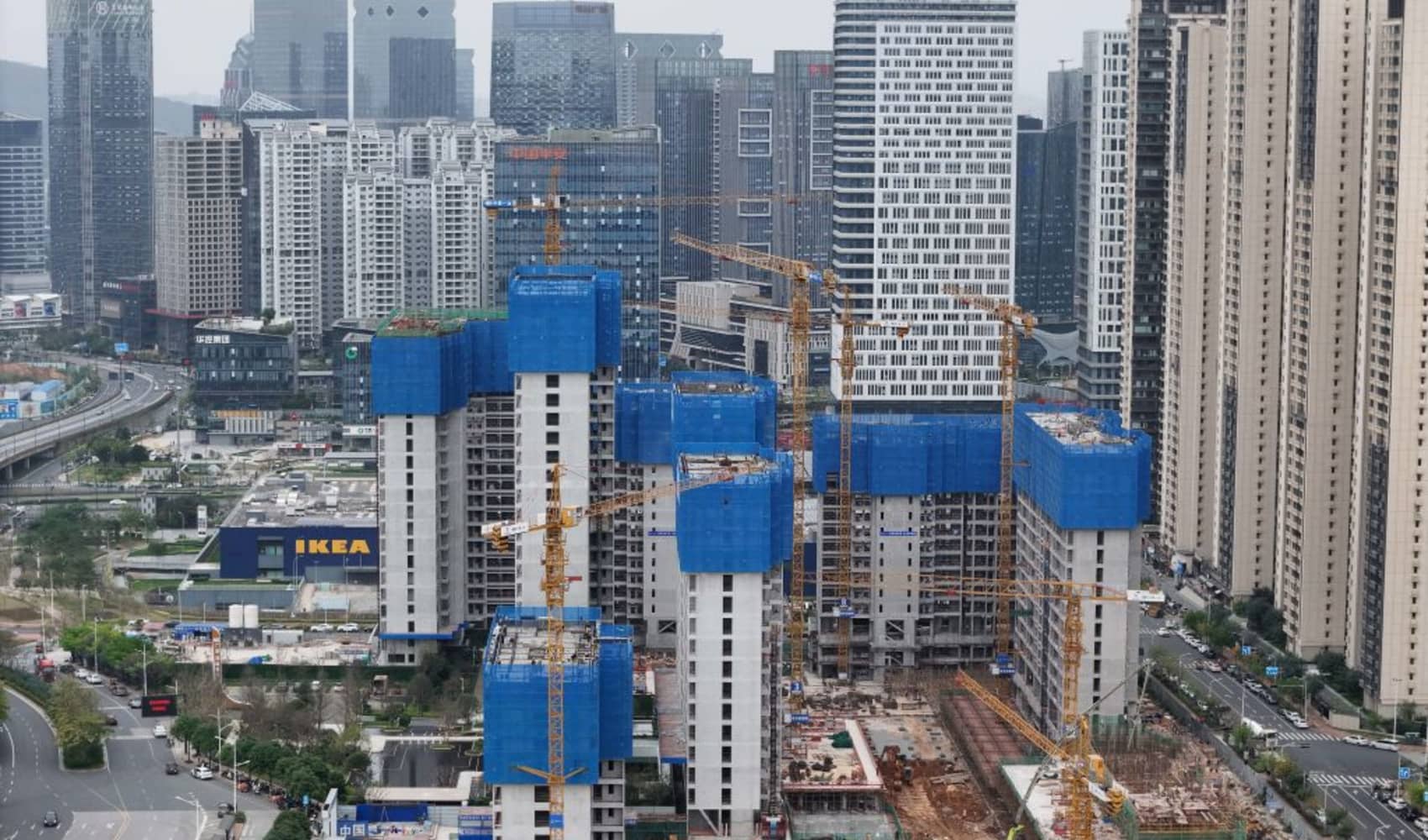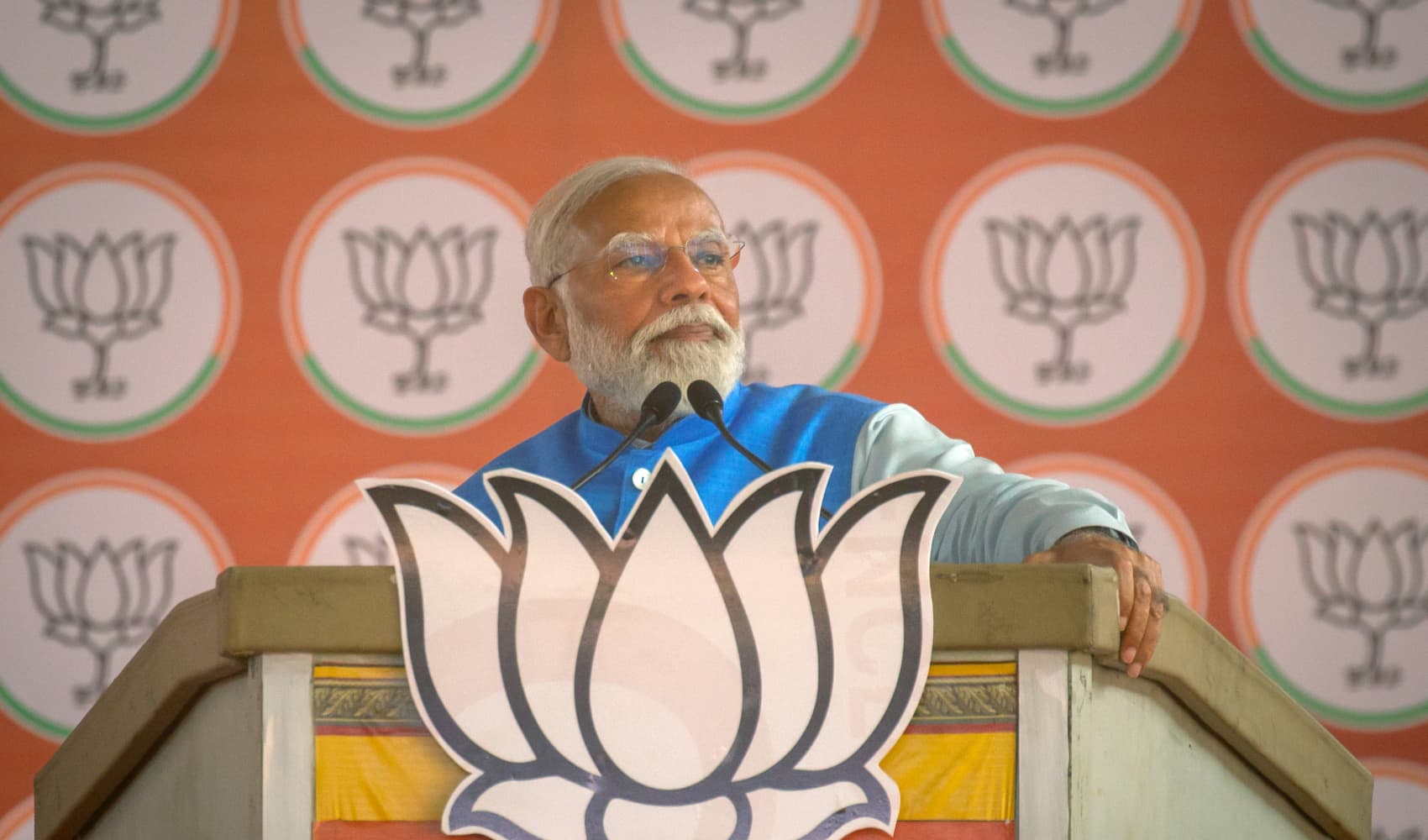
- Shipping backups at big U.S. ports are not likely to resolve themselves until well into 2022, according to economists.
- The problems should lessen after the holidays and Lunar New Year as container traffic backs off, Goldman Sachs said.
- Companies have been left to find ways to keep their products moving amid the supply chain disruptions.
Shipping backups at big U.S. ports, and the resulting goods shortages and price surges, are not likely to resolve themselves until well into 2022, according to economists and some business leaders who have spoken recently.
Some 77 ships are waiting outside docks in Los Angeles and Long Beach, California, carrying $24 billion worth of goods looking to find their way into the American ecosystem, according to Goldman Sachs.
The pressures are feeding into the economy, putting constraints on everything from grocery stores to big manufacturers. Prices for consumer and wholesale goods are soaring. The trends are expected to create an inflationary holiday season with the potential for fewer goods under Christmas trees.
Get South Florida local news, weather forecasts and entertainment stories to your inbox. Sign up for NBC South Florida newsletters.
Those looking for good shipping news anytime soon aren't likely to receive it.
"Backlogs and elevated shipping costs are likely to persist at least through the middle of next year because no immediate solution for the underlying supply-demand imbalance at US ports is available," Goldman economist Ronnie Walker said in a note to clients.
Money Report
Relief could arrive eventually. The pressures "should soon begin to ease" but only "slightly as we pass the ongoing seasonal peak in shipping demand ahead of the holiday season," Walker added. The problems should lessen after the holidays and Lunar New Year as container traffic wanes.
In the meantime, consumers will pay more and have access to less.
Shipping a container through major U.S. ports now takes triple the time it normally does. In September, about one-third of containers at the L.A. and Long Beach ports sat longer than five days before being shipped out, according to Goldman Sachs. Offloaded containers dropped by 9.1% at Long Beach and 3.6% at Los Angeles.
President Joe Biden tried to fix the problem by ordering ports to stay open 24 hours, but it has only helped at the margins. Ongoing labor shortages and a lack of coordination among the multiple players in the U.S. supply chain blunted the effect of the move.
"The upshot is that the outlook offers no immediate fixes for the underlying supply-demand imbalance at US ports," Walker wrote.
Though he sees some easing ahead, he added that "congestion will likely persist to some extent through at least the middle of next year, and our analysts expect that freight rates will likely remain meaningfully above pre-pandemic levels for at least the next year."
Issues for big companies
Companies have had to find ways to keep their products moving amid the supply chain disruptions.
The issue has been mentioned repeatedly during the third-quarter earnings season. Many officials have said they have taken a hit from shipping delays but have deployed various strategies to mitigate the damage.
Conagra CEO Sean Connolly said his company has struggled to keep up with surging consumer demand.
"This is a great problem to have, but it increases the demands on our supply chain at a time when the industry is navigating labor shortages, material supply issues and transportation cost and congestion challenges," the head of the packaged food company said on its earnings call a few weeks ago. "If we had the capacity to meet all of the demand, our numbers would likely have been even more impressive."
Connolly added he expects the "supply chain challenges will ultimately abate."
Consumer products giant Procter & Gamble has also seen pressure from "tight labor markets, tight transportation markets and overall capacity constraints. Inflationary pressures are broad-based and sustained," chief financial officer Andre Schulten said on the Oct. 12 earnings call.
Schulten noted that "we feel good" at P&G about the ability to manage the issues.
Ultimately, the problems companies and consumers face come from issues largely related to the Covid-19 pandemic. Consumers have shifted their spending from services like restaurants and travel to goods, such as household items and technology.
The U.S. has depended on a "just-in-time" supply chain that is not built to react to massive demand jolts.
"If an input — in this case, global demand for goods — to certain kinds of systems changes, the resulting change in the outputs can be massively outsized. A system with underlying chaotic characteristics can swing from calm to chaos very quickly, with few warning signs," Pantheon Macroeconomics Ian Shepherdson wrote.
Still, Shepherdson expects the pendulum to swing back to more of a services-based economy, allowing supply to catch up to demand. Federal Reserve officials are betting on that outcome as well. They have decided against raising interest rates to stave off inflation, hoping that the economy returns soon to equilibrium.
Fed Chairman Jerome Powell said Friday that inflation has lasted longer than he expected and likely will persist into next year. But he added that it has not risen to a level that warrants substantial policy tightening.
Shepherdson said a drop in demand could lead to "a period of rapid declines in goods prices," though he added that he would "be surprised to see that before the middle of next year."






